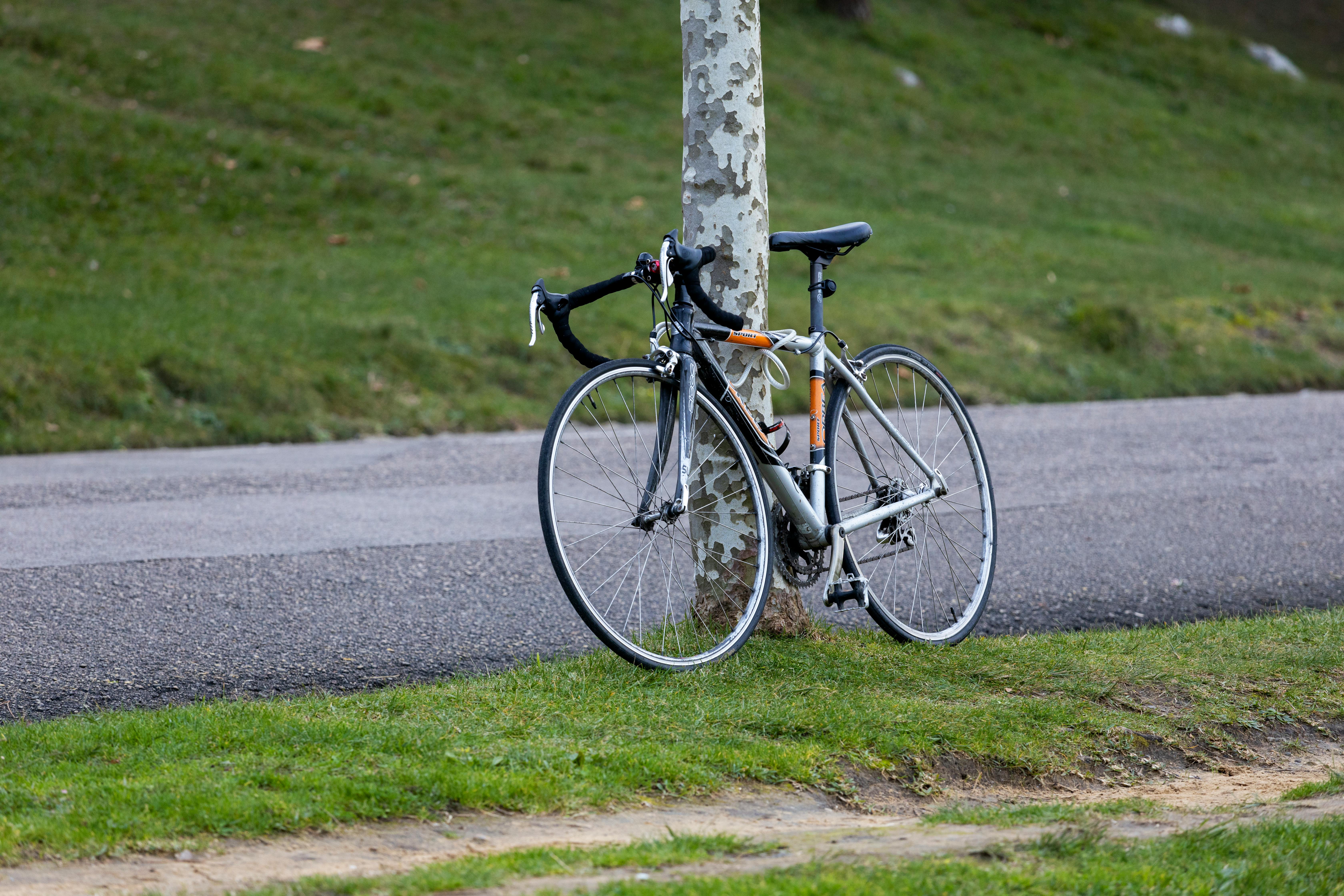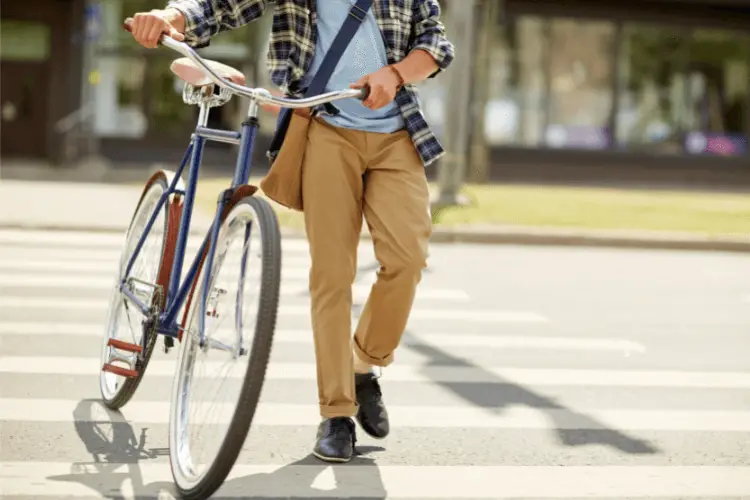Imagine cruising down the city streets on a sleek, minimalist bike with no gears and just one speed.
The wind rushes through your hair as you effortlessly weave through traffic, feeling connected to the urban landscape like never before.
Fixie bikes, also known as fixed-gear bicycles, have taken the world by storm in recent years, captivating cyclists and non-cyclists alike with their simplistic design and trendy appeal.
But what makes these seemingly primary machines so expensive?
In this article, we delve into the world of fixie bikes to uncover the factors contributing to their hefty price tags and discover why they have become a status symbol among cycling enthusiasts.
Quick Navigation
Why Are Fixie Bikes So Expensive?

Fixie bikes, or fixed-gear bikes, can sometimes be perceived as expensive due to several factors:
1. Simplicity and Customization
Fixie bikes are known for their simplicity, but this can also mean that each component needs high quality. Additionally, many fixie enthusiasts prefer to customize their bikes with specific components, which can add to the overall cost.
2. Quality Components
High-quality materials and components, such as lightweight frames, durable wheels, and reliable drivetrains, can significantly contribute to the cost. Manufacturers may use premium materials to ensure the bike’s performance and longevity.
3. Branding and Design
Some fixie bikes are associated with famous brands or have unique and stylish designs, contributing to a higher price point. Consumers may be willing to pay a premium for a particular brand or a bike with a distinctive aesthetic.
4. Limited Production
Some fixie bikes are produced in smaller quantities as limited editions or by boutique manufacturers. Limited production can lead to higher manufacturing costs per unit, often passed on to the consumer.
5. Craftsmanship
Handmade or artisanal fixie bikes, crafted with attention to detail and precision, can be more expensive due to the labor-intensive nature of the manufacturing process. Skilled craftsmanship often comes at a higher cost.
6. Performance Features
Some fixie bikes have high-performance features, such as aerodynamic frames, lightweight materials, and advanced components. These features can contribute to a higher overall cost.
7. Exclusivity
Fixie bikes are sometimes marketed as exclusive or niche products. Limited availability and a focus on a specific market can drive the price, as consumers may be willing to pay more for a unique or specialized product.
It’s important to note that not all fixie bikes are expensive, and a range of options are available at different price points.
The cost of a fixie bike can vary based on the brand, materials, craftsmanship, and additional features.
If you’re on a budget, more affordable fixie options that still offer a reliable and enjoyable riding experience are available.
What are the disadvantages of a fixie?

Yes, there are lots of good sides to fixie bikes. But it has lots of disadvantages also.
Significant disadvantages of fixie bikes are listed below:
1. Limited Gearing Options
Fixies have a single, fixed gear, which can be a disadvantage in varied terrains or for riders who prefer different gear ratios for climbing or descending hills.
2. Braking Challenges
Many fixies lack freewheel mechanisms, making coasting impossible. Braking solely through reverse pedal pressure can be less efficient, especially in emergencies.
3. Fatigue on Long Rides
Continuous pedaling, without the ability to coast, may lead to fatigue on longer rides compared to geared bikes.
4. Adaptation Period
Riding a fixie requires a learning curve, especially for those accustomed to freewheeling, and can be challenging for beginners.
5. Terrain Limitations
Fixies may be unsuitable for hilly or varied terrains where different gear ratios could enhance the riding experience.
6. Less Versatility
Less gear options and a simplified design may make fixies less versatile for riders who desire a bike for various purposes or changing conditions.
7. Maintenance Challenges
The fixed gear and lack of multiple speeds may increase wear on specific components, requiring more frequent maintenance.
8. Not Ideal for Novice Riders
Fixies can be less forgiving for novice riders, especially when quick gear changes or coasting might be essential for safety.
It’s worth noting that some of these disadvantages are subjective and depend on individual preferences and riding styles.
Frequently Asked Questions (FAQs)
What is The Point of A Fixie Bike?
The primary point of a fixie bike, or fixed-gear bike, is its simplicity. It lacks a freewheel mechanism, meaning the pedals move in sync with the wheel.
Fixies are known for their minimalistic design, low maintenance, and direct connection between the rider and the bike, providing a unique riding experience and promoting greater control over speed and cadence.
Some riders appreciate fixies for urban commuting or as a stylish choice in the cycling community.
Why Do People Love Fixie Bikes?
People love fixie bikes for their simplicity, low maintenance, and direct connection to the road.
The absence of gears and freewheeling provides a unique riding experience, promotes fitness, and allows for customization, appealing to enthusiasts who appreciate the minimalist design and individuality of fixies.
Do Fixies Go Faster?
No, fixies do not inherently go faster than other bikes. Speed depends on factors like rider input, gear ratio, and overall bike design, which can be similar across different types of bicycles.
Is It More Challenging To Ride A Fixie?
Yes, riding a fixie can be more challenging for some riders, especially those unaccustomed to fixed-gear bikes. The fixed gear means the pedals continuously move with the wheels, requiring constant pedaling and providing less flexibility in coasting.
This can make controlling speed and navigating certain terrains more demanding compared to traditional freewheel bikes. Additionally, mastering skidding and backpedaling for braking adds another layer of skill.
Conclusion
In conclusion, the high price tag of fixie bikes can be attributed to a combination of factors. Their minimalist design and aesthetic appeal often come with premium materials and craftsmanship.
Additionally, the limited market demand for fixies means that manufacturers produce them in smaller quantities, driving up the cost per unit.
Furthermore, the customization options and aftermarket parts available for fixies add to their overall expense. While some may see fixie bikes as a luxury item, they offer a unique riding experience that enthusiasts are willing to invest in.
Ultimately, whether or not a fixie bike is worth the price is subjective and dependent on individual preferences and priorities.
